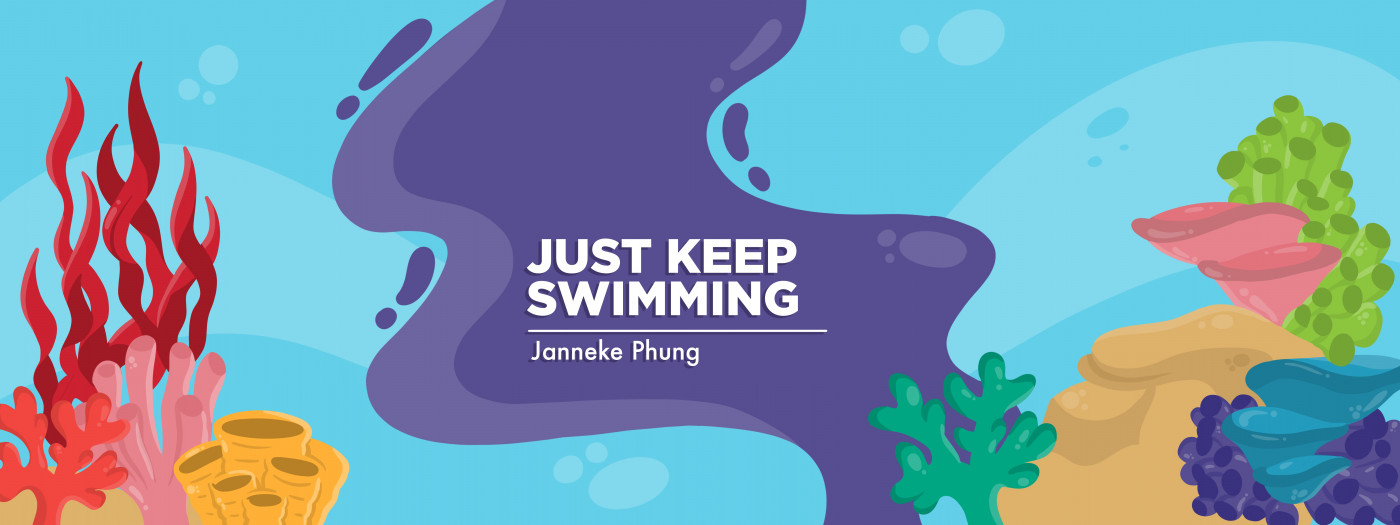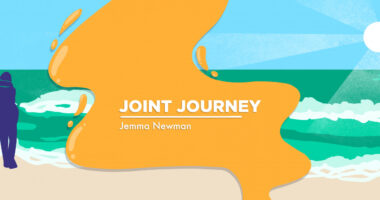3 things I’ve learned from living with chronic pain
Despite the costs, I've gained much from my journey with AS

The pain started in my teen years, and unbeknownst to me at the time, it would become a close companion for many years to come. Yet despite this persistent chronic pain, it took well over a decade to receive a formal diagnosis of ankylosing spondylitis (AS).
Living with AS pain was difficult; the constant ache, whether mild or severe, was ruthless. My personal experience was that the pain would move around my body. One day, my neck would hurt, causing migraines; on other days, my lower back would feel inflamed, causing stiffness and reduced mobility.
The physical aspect of my hurt drove me crazy, but there was an additional affliction caused by AS chronic pain, and I never gave it enough credit.
1. Pain isn’t only physical.
Emotions can take a considerable hit when faced with constant pain. Many people who suffer from this symptom, including those of us with ankylosing spondylitis, face emotional hurdles like depression and anxiety. Knowing about the emotional impact of AS earlier in my journey might have helped validate my emotional struggles and potentially offer relief through proper treatment.
In addition, the stress caused by anxiety and depression can worsen physical pain. Regularly, I was afflicted with negative thoughts, such as “Will I really have to live the rest of my life with this kind of pain?” One can feel hopeless when there’s no relief in sight. These are reasons why early diagnosis is critical, yet uncommon.
2. Pain is a symptom. My body is trying to warn and protect me.
Have you ever accidentally burned yourself on a stove? It hurts! That twinge is an example of acute pain, where the body’s normal response is to warn us to pull our hand away from the cause of the hurt, allowing it to heal.
Chronic pain, like that caused by long-term inflammation, often doesn’t improve with time, and in the case of those with AS, it becomes a symptom of persistent damage to our tissue. While I’ve come to despise chronic pain, I’ve also grown to view it as a friendly message from my body, trying to communicate to me that something isn’t as it should be.
Successful treatment for AS can be tricky to refine, but listening to my body’s feedback has become a helpful tool in determining the next step to take as I manage this disease.
3. Physical pain isn’t always easily cured. Persist anyway!
I’ve found that while many medical professionals have big hearts and a genuine desire to help, they simply don’t have all the answers or cures. In my quest for relief, I became a regular at various medical clinics: family doctor, chiropractor, physical therapists, massage therapists, and acupuncture. I had X-rays, lab work, MRIs, ultrasounds, and multiple other diagnostic tests. I took vitamins, over-the-counter medication, and prescription drugs — all to no avail.
Despite my diligent pursuit of answers, the pain gradually increased. My decline in health wasn’t a result of idly waiting for relief. Still, I wouldn’t be where I’m at today if I hadn’t been persistent in my quest for relief.
A diagnosis was critical for me as it offered me a starting point for treatment. It wasn’t until I was able to put a name to my pain that I found ways to narrow in on the cause of my symptoms. Through alternative lifestyle methods, I’ve achieved enormous success in managing both the symptoms and progression of ankylosing spondylitis.
Sometimes I wish I’d learned these three lessons earlier, as it would’ve encouraged me to turn away from my “woe is me” attitude sooner. Grieving the loss of a healthy body is necessary, but moving forward and learning to adapt and grow despite life’s challenges are equally important.
I acknowledge that the cost of my chronic pain has been significant, but I choose to remember that I’ve also gained much from this journey. I cherish new friendships. I have greater compassion for others who walk a difficult path. My faith in God has deepened and become more prized. I have a valuable new purpose as I walk alongside others who have AS.
Living with chronic pain has taught me invaluable lessons!
Note: Ankylosing Spondylitis News is strictly a news and information website about the disease. It does not provide medical advice, diagnosis, or treatment. This content is not intended to be a substitute for professional medical advice, diagnosis, or treatment. Always seek the advice of your physician or other qualified health provider with any questions you may have regarding a medical condition. Never disregard professional medical advice or delay in seeking it because of something you have read on this website. The opinions expressed in this column are not those of Ankylosing Spondylitis News or its parent company, Bionews, and are intended to spark discussion about issues pertaining to ankylosing spondylitis.







Saal de Jager
Good day, thanks for your article, would like to read the full article.
I am now 72 and suffered AS since I was 20.
Everyday I seek a cure!
Janneke Phung
Hi Saal, thank you so much for reading and engaging with this column :) Wow...you've lived a lifetime with AS - I have so many questions for you :) I'm sad to read that even after all this time you're still seeking a cure - clearly these last 52 years haven't been easy!
I feel very fortunate to have found a successful way to manage my pain and progression shortly after receiving an AS diagnosis. For me, diet and lifestyle have made the most immense difference, especially a starch-free diet. While the impact of the diet affects me daily, I am grateful to no longer suffer severely from AS symptoms.